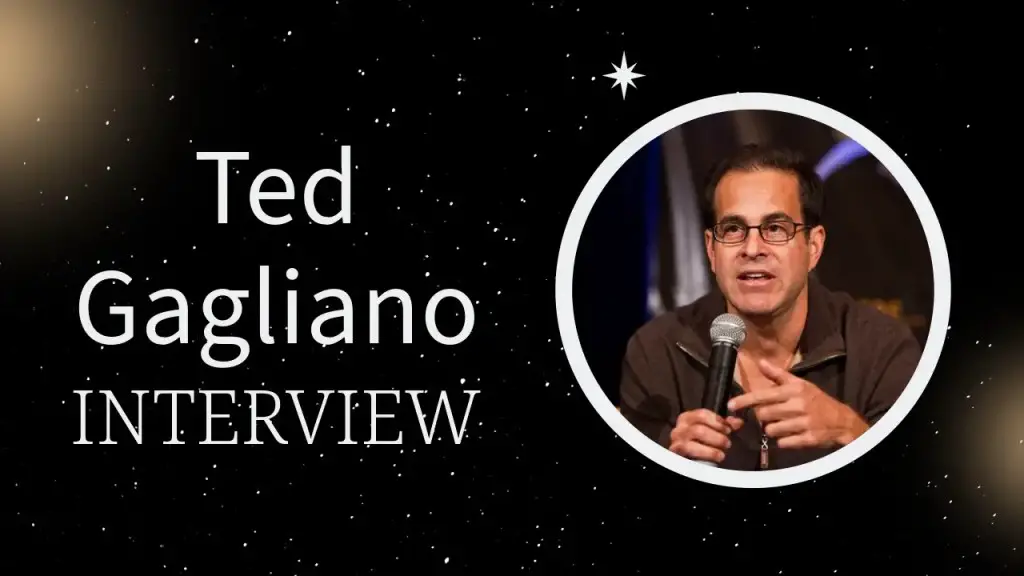In the pantheon of early video game design, few names are as iconic as that of Ed Logg. From the explosive asteroids in space to the monstrous hordes in ancient dungeons, Logg’s vision and programming prowess brought us some of the most enduring classics of the arcade era. His illustrious career at Atari witnessed the creation of timeless games like Asteroids, Centipede, and Gauntlet, each of which not only enthralled gamers of the era but also went on to shape the direction of the entire industry.
In this exclusive interview, we’ve had the rare opportunity to delve deep into the mind of this creative genius, exploring everything from his early influences and game development experiences to the culture at Atari during its heyday. He shares fascinating anecdotes from his illustrious career, including his approach to designing groundbreaking games, his role in the development of multiplayer gameplay, and his foray into mobile gaming.
Whether you’re a gaming history enthusiast, an aspiring game designer, or a fan of classic games, this interview offers unique insights that are bound to pique your interest. So strap yourself in and prepare for a thrilling journey through the life and career of one of the video game industry’s true pioneers. Enjoy the read!
Table of contents
Introduction to Computers and Game Development
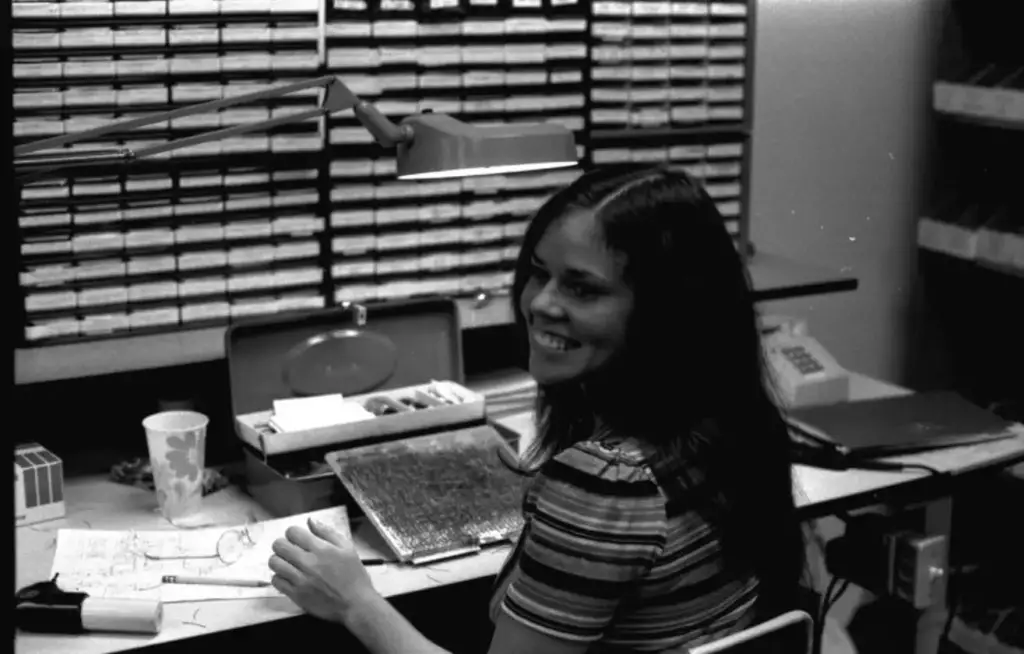
TFTC: Mr. Logg, can you share a bit about your early influences and how they inspired you to get involved in the world of video game design?
Logg: I was always doing something in games from the early days such as games in FORTRAN. Adventure and Star Trek; long before coin-operated games on any platform.
TFTC: What was the first computer you owned/operated and what was the experience like?
Logg: I built my first computer at home after buying a video card. I did this in 1977 just before I interviewed at Atari. I did a submarine game on it.
I needed a cassette recorder to read/write programs of course the experience was not something I was happy with, but once I started at Atari, I lost interest in it.
Ed Logg’s Arcade Roots
I saw the game Dandy on the Atari ST. That inspired me to create Gauntlet.
TFTC: Asteroids, Centipede, and Gauntlet were all groundbreaking games in their time. How did you approach designing these games to make them so unique and engaging?
Logg: A lot of the design of early games was limited by the hardware! For example, Asteroids had 256 bytes of RAM which limited you to 44 asteroids. For Gauntlet, I needed to design new hardware for the game.
TFTC: Many of your games at Atari have stood the test of time and are still popular today. What do you think contributes to their enduring appeal?
Logg: They are simple to learn but have multiple strategies. If you get good you can play them for a long time.
TFTC: You’ve played a key role in the development of multiplayer gameplay, most notably with the Gauntlet series. Can you share some insights into how you approached the design process for this innovative feature?
TFTC: Is there a particular strategy or mechanic from one of your games that you’re most proud of?
Logg: Well, there was this launching strategy in Asteroids. I actually tried this strategy before I modified the game to delay the saucers’ first shot.
Also, the three mushrooms to lock all the Centipides and hunt spiders was not a strategy I ever considered.
Logg: My son wanted me to do a Dungeons & Dragons game, but I could not figure out how to do that. I saw the game Dandy on the Atari ST. That inspired me to create Gauntlet.
Foray into Mobile Gaming
TFTC: Are there any unreleased or less-known games you worked on that you’re particularly proud of? If so, could you tell us a bit about them?
Logg: I am not sure. There were a few games but I did not feel they should have been released. On second thought, I had one game at GenPlay Games on the Verizon phone.
TFTC: Can you expand on that?
Logg: I did three games at GenPlay for the Verizon set of phones. One was pulled by Verizon for unknown reasons. One playable game did not make it because it was difficult to get Verizon to take to a small developer.
The pool game was licensed to Namco so they could get into Verizon. I was very proud of this game.
Ed Logg’s Thoughts on Game Development
TFTC: How have you seen the video game industry change since you first started, and what do you think about its current state and future prospects?
Logg: It’s different and more diverse, you can play good-looking games on so many platforms.
TFTC: You’ve been part of the industry for decades. What advice would you give to aspiring video game designers who are just starting out?
Logg: Not sure my advice would apply today. My games took one programmer a few months and that does not apply today.
TFTC: If you were given the chance to remake or re-imagine one of your classic games using today’s technology, which one would it be and why?
Logg: One thing I wish I had done was do Arkanoid. I should have thought of the game idea. I did Sper Breakout so this would have been the logical extension.
From Development to Management… and Back
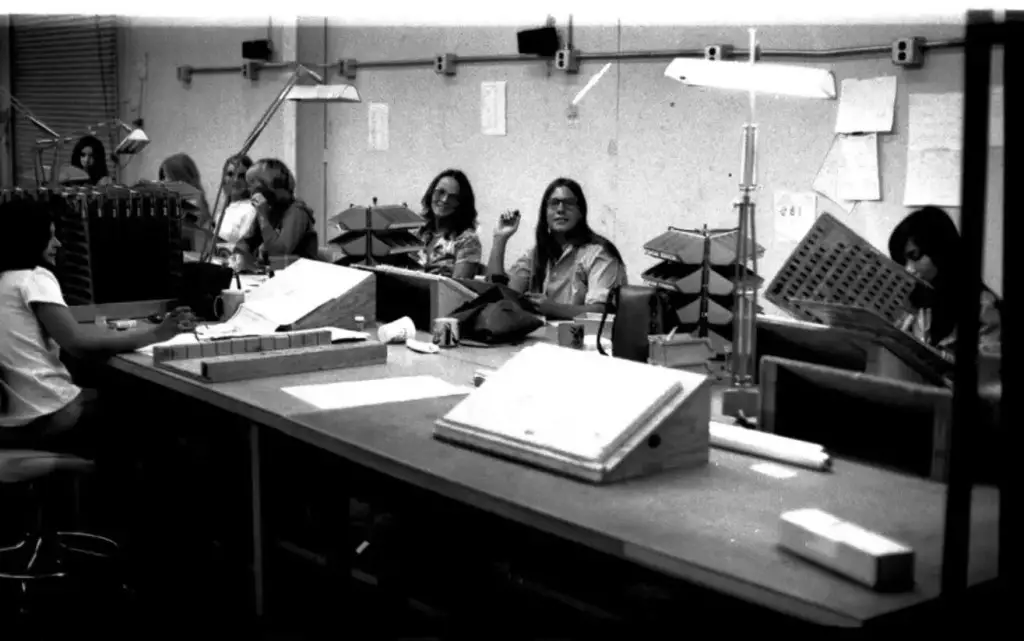
TFTC: Looking back on your prolific career, is there anything you would do differently, or are there any challenges you wish you could have handled in a different way?
Logg: For about a year I was promoted to supervisor. I quit a year later. I should never have accepted the promotion at the time.
TFTC: What about it made it not a good fit for you?
Logg: I wanted to do design and especially programming, but dealing with personnel was not rewarding.
Bringing Tetris to Atari
We sold [Tetris]… before we lost the rights. To say the least, I was pissed!
TFTC: Can you talk about your work on Tetris and how the confusion over publishing rights was received within Atari at the time?
Logg: I saw the game on Atari ST and immediately got our legal counsel to get the rights. I did a NES version for the Germany Trade Show. I was asked to improve it and I did a great job for the June CES show.
We sold the game for a few months before we lost the rights. To say the least, I was pissed! I am sure the company thought the same.
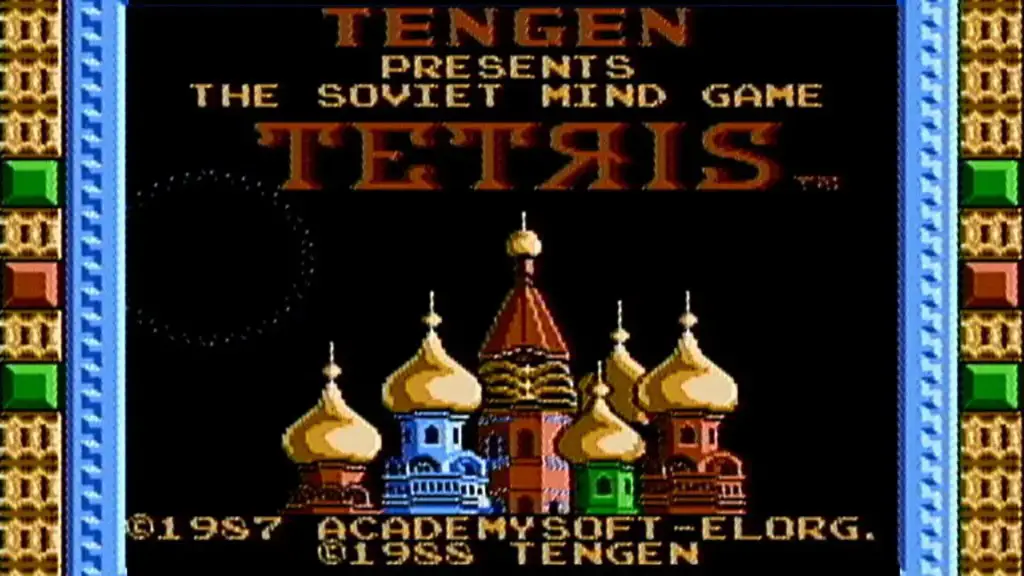
Atari’s Party Culture


TFTC: How did the culture at Atari and the state of the industry during your time there influence your game design approach?
Logg: The culture was love and lots of ideas were being floated around. we had annual brainstorming sessions to give us ideas. This is where Centipede came from.
TFTC: Atari famously had a party culture in the ’70s. Was that still present when you worked there?
Logg: Sorry, I was a family man and I worked 8-30 to 5:30 every day and did not partake. I had to hide at home in 1978.
Learn More About This Classic Period in Gaming History
In the quest to fully understand the golden age of gaming and the revolution it spurred, there are several resources that stand out as must-reads. Firstly, “Tetris: The Games People Play” by Brian “Box” Brown offers a profound dive into the history of one of the world’s most popular video games, Tetris. Brown presents a vivid, graphic narrative, revealing the intricate journey of the game’s creation, its emergence from the Soviet Union, and the unprecedented popularity it achieved. This book perfectly captures the passion and rivalry ignited by Tetris, providing readers with a thorough understanding of the game’s cultural and commercial significance.
Secondly, for those seeking a different perspective, the documentary “Ecstasy of Order: The Tetris Masters” by Adam Cornelius is an excellent complement. This film expertly chronicles the story of Tetris through the lens of its best players. It begins with Thor Aackerlund’s historic victory at the 1990 Nintendo World Championships and takes us to Harry Hong’s perfect “Max-Out” score, offering a thrilling account of over two decades of Tetris mastery.
Lastly, Walter Isaacson’s “The Innovators: How a Group of Hackers, Geniuses, and Geeks Created the Digital Revolution” broadens the scope beyond gaming, painting a vivid picture of the digital revolution as a whole. This comprehensive narrative explores the inventions, individuals, and teams that shaped the digital era, from Ada Lovelace in the 1840s to modern tech luminaries like Steve Jobs and Bill Gates. Isaacson’s book is a treasure trove of insights into the minds of inventors and the factors that contribute to success in the world of tech innovation. Together, these resources provide a detailed and engaging exploration of gaming’s golden age and the wider digital revolution.
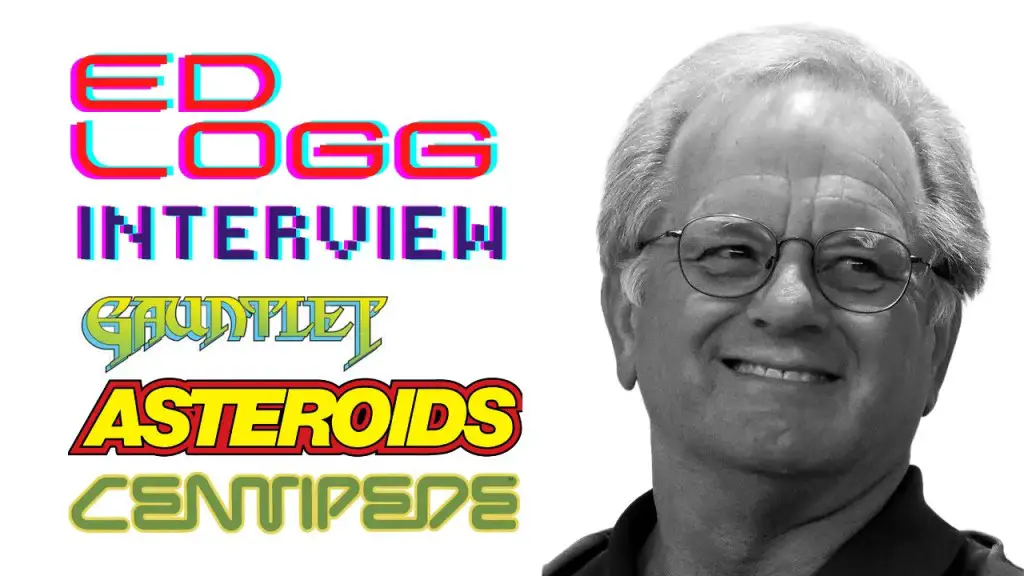
![Geraldine Keams: A Pillar of Native American Cinema [Interview]](https://talesfromthecollection.com/wp-content/uploads/2024/04/Geraldine-Keams-Interview-1024x576.png)
